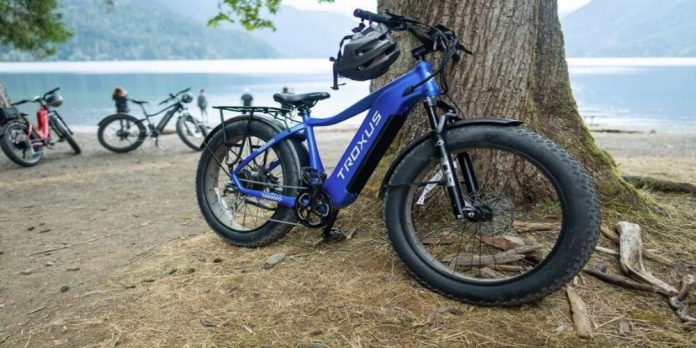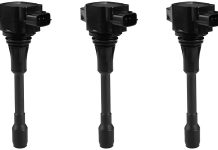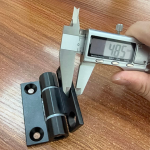Is an Ebike Battery 48V enough to meet your daily commuting requirements? Can it get you from your home to point B safely? This post tackles one of the most critical components of an electric bike – the battery.
Battery Voltage
The battery voltage is the flow of energy that your ebike needs to start its motor. The voltage you’ll need will depend on your e-bike and riding preference. For example:
- 36V battery is enough if you’ll be riding only on flat areas. 36-volt batteries can also carry lighter riders easily.
- 48V battery is designed for climbing uphill. 48-volt batteries can carry heavier riders more smoothly.
Generally speaking, the higher an electric bike’s voltage, the more power it will have.
Other Things to Consider When Shopping for an E-Bike Battery
If you bought an e-bike kit, it’s likely that it already includes a battery pack. If it doesn’t, and you’d have to shoulder batteries, here are some details you need to know:
- Types of e-bike batteries: You’ll have choices of lead-acid batteries, Li-Ion, and Li-Po, but most of the batteries used for e-bikes use Lithium-ion (Li-Ion) for their long-lasting, power efficiency and affordability.
- Battery Capacity: Measured in amp hours, the battery capacity determines the distance your e-bike can travel before the battery dies. Most e-bike batteries have a capacity of 10 to 20 amp hours. The higher capacity battery gives you more range.
- Size and weight of batteries: E-bikes use battery packs (with dozens of smaller battery cells stacked inside). Big isn’t always best since the battery may not fit your electric bike. Also, note that the number of batteries you’ll use will affect the weight your e-bike has to haul.
- Battery Position: Aside from the battery’s size, weight, and shape, its position on your e-bike should also be considered. FYI, this shouldn’t matter for e-bike kits with battery packs already installed. But if you’re installing and positioning yourself, make sure you decide on the battery position before buying the batteries.
- Brand – You’ll face numerous generic battery packs left and right. Don’t be tempted. Buy from a reputable manufacturer like Samsung, LG, or Panasonic. Branded batteries generally have longer charge cycles (lifespans) and undergo stringent testing to ensure safety while riding.
Choosing the battery for your electric bike is vital since it powers the motor, which then turns the wheels and propels the entire bike. You wouldn’t want to be stranded somewhere with the e-bike battery drained unexpectedly, right?
The best thing about buying branded e-bikes is that they already come with a battery pack. You won’t mistake picking the wrong size or battery pack for your electric bike. Troxus e-bikes, for example, are equipped with a removable 48V Samsung 12.8A battery. You’re then given the option to buy a second battery pack as backup.
Battery Care
E-bike batteries are rechargeable and can last long with proper use and care. The standard lifespan of batteries is around five years – that’s approximately 1,000 recharging for Li-Ion batteries or about 250 charges for lead-acid batteries. The battery cells naturally degrade even when not in use.
In most cases, branded battery packs would have instructions for charging, shutting down the power safely, and warming up during winter. It is trickier to care for DIY battery packs since you’ll only rely on manufacturer’s guides.














